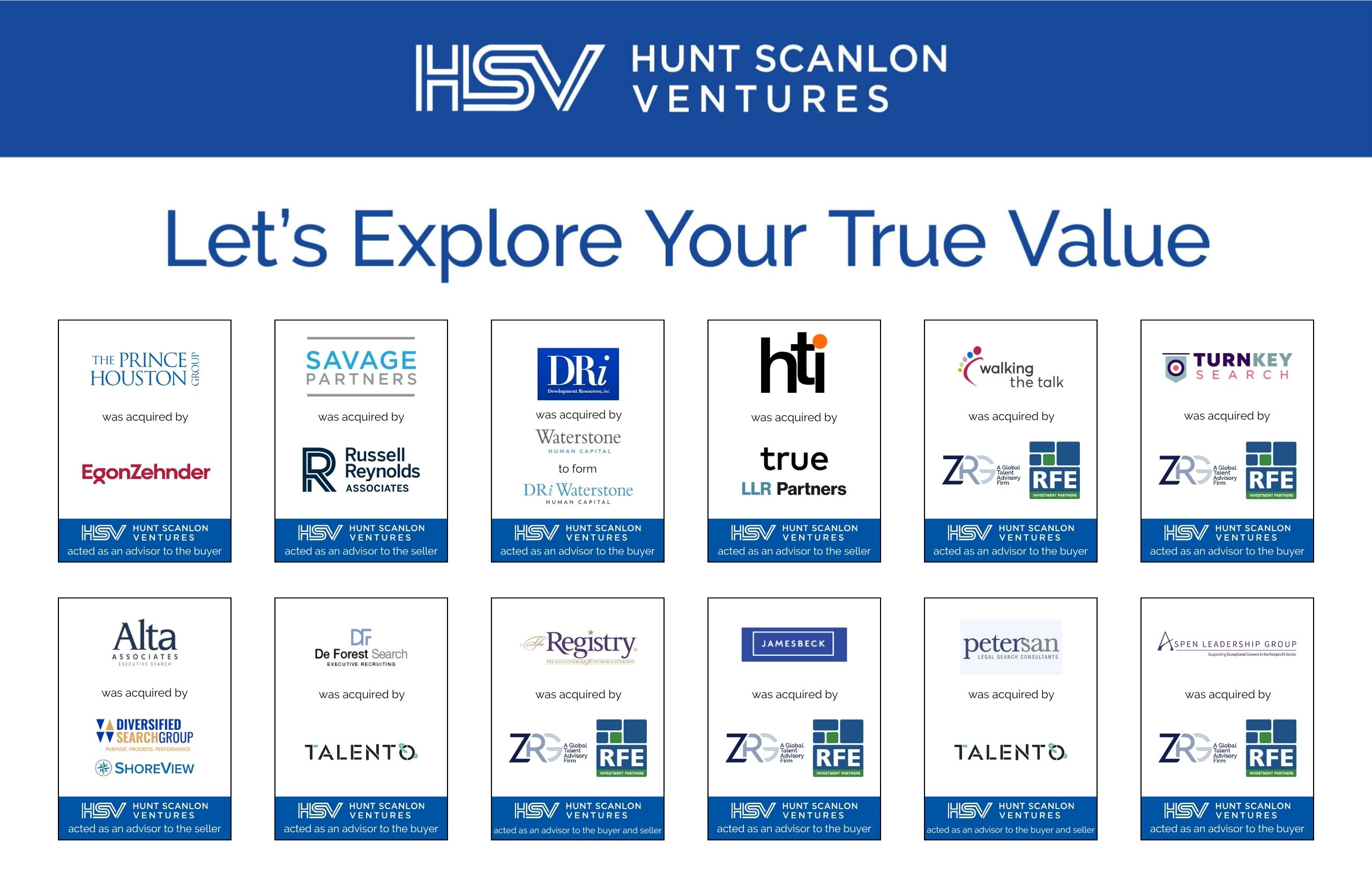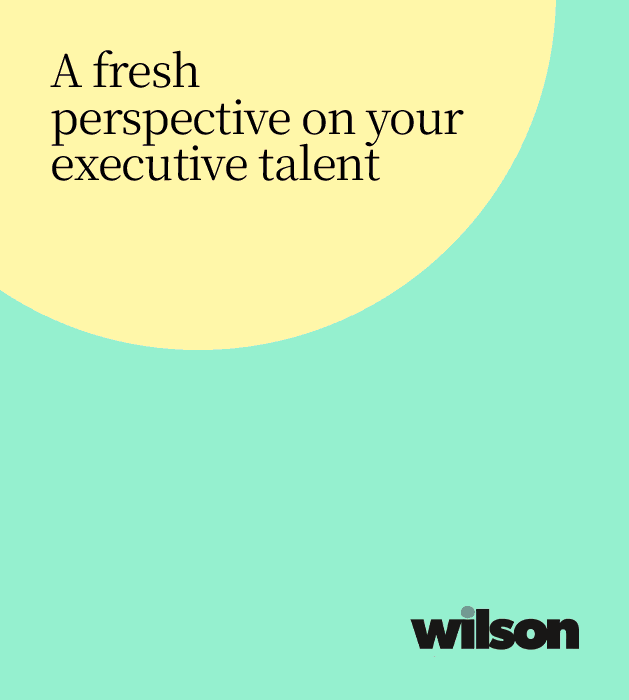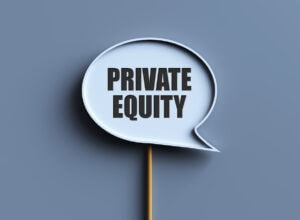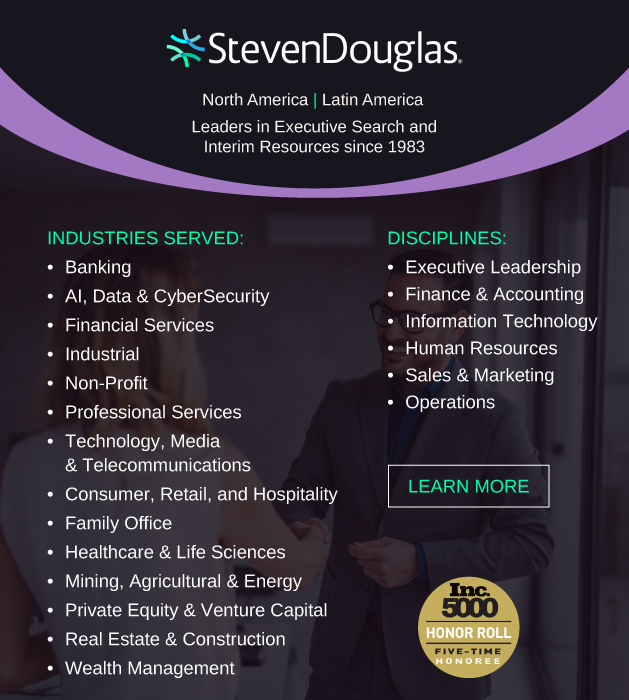The definition of workforce strength is shifting. As companies strive to move faster and scale smarter, lean operating models are becoming the standard. AI, flattening hierarchies, and new productivity expectations are all converging to challenge how organizations think about talent. Evan Berta, an associate at Hunt Scanlon Ventures, explores how this transformation is impacting leadership, recruiting, and the employee experience.
According to the Wall Street Journal, U.S. public companies have reduced their white-collar workforces by a collective 3.5% over the past three years, all while corporate profits have surged to record highs.
One in five companies in the S&P 500 now operate with fewer employees than a decade ago, despite having significantly higher revenues. Executives are increasingly convinced that smaller teams make for more efficient, higher-performing businesses.
Companies like Bank of America have taken decisive steps, reducing their management layers from 13 to seven and shrinking their total workforce from 285,000 to 213,000. And they are not alone.
“We have a higher-producing company with fewer people and lower costs,” said CEO Brian Moynihan told The Journal. Hewlett Packard Enterprise CFO Marie Myers echoed this thinking: “Flatter is faster.”
“Every hire is now under a new kind of scrutiny. If a machine can do it, a person won’t be hired to.”
According to recruiters, AI is amplifying this lean approach. Firms like Amazon and Duolingo are requiring managers to prove that a job cannot be automated before it is approved. The rise of generative AI and agents is allowing companies to streamline workflows and reduce reliance on human labor for repetitive or even complex tasks.
This is creating an environment where workforce growth is no longer the default indicator of company health.
Talent Implication
“We’re watching the rise of the AI-optimized org chart,” said Evan Berta, an associate at Hunt Scanlon Ventures. “It is no longer about how many people you have, but whether each one adds differentiated, irreplaceable value.”
Man Vs. Machine
That means HR must fundamentally rethink hiring. Teams need to be smaller, faster, and more strategically assembled around what can’t be automated. “Every hire is now under a new kind of scrutiny,” said Mr. Berta. “If a machine can do it, a person won’t be hired to.”
Between 2022 and 2025, public companies reduced their managerial ranks by 6.1%. Executive roles dropped 4.6%. Companies like Procter & Gamble and Match Group have trimmed as much as 20% of their management layers.
As a result, managers today are expected to lead larger teams, with fewer support levels, and to execute alongside their teams rather than direct from above.
“We’re watching the rise of the AI-optimized org chart. It is no longer about how many people you have, but whether each one adds differentiated, irreplaceable value.”
Lattice data shows the average number of direct reports per manager has increased from 4.2 to 5.1. Harvard Business School’s Joseph Fuller warned this trend is nearing a breaking point: “They’re doing the work that three people did 10 years ago.” Employees are stretched thin, and many are carrying responsibilities that used to belong to multiple roles.
Talent Implication
“We’ve long measured leadership by span of control, but now we’re asking managers to scale their impact rather than their team size,” said Mr. Berta. “That requires a totally different mindset.”
He emphasized that companies need to evaluate leadership not by how many people they oversee, but by how well they empower others, leverage tools, and sustain productivity under lean conditions.
“At the same time, organizations need to protect their people from role overload,” Mr. Berta added. “If depth and focus are lost, so is performance.”
New Success Metrics
From startups to the enterprise level, productivity per employee is taking precedence over headcount growth. Grindr doubled its revenue-per-head in two years. Walmart shed 100,000 jobs over a decade and still grew revenue by 40%. Startups like Jolie are generating $50 million annually with teams of just five.
These lean operating models are increasingly powered by AI. Lattice launched a new payroll product and expected to need 40–50 hires; in the end, fewer than 10 were required due to sophisticated AI handling much of the complexity. Across industries, automation is shrinking the margin for inefficiency, and for overhiring.
Talent Implication
“Revenue-per-head is the new lens for hiring decisions,” claimed Mr. Berta. “And that’s transforming the recruiter’s role from volume to value.” It means optimizing every seat on the team, fewer roles, higher output, and sharper expectations.
“HR needs to move from back-office execution to performance architecture,” he explained. “You’re not just filling a role anymore, you’re engineering a result.”
“Revenue-per-head is the new lens for hiring decisions. And that’s transforming the recruiter’s role from volume to value.”
What the New Playbook Requires
The workforce reset underway is not cyclical, it’s structural. Executives aren’t just trimming costs; they’re redesigning how work gets done. As the Wall Street Journal noted, companies are launching more products, entering new markets, and building new capabilities, all without increasing headcount.
That shift demands a new kind of talent leadership. The emphasis is on cross-functional fluency, technology adoption, and dynamic team design. The teams that thrive will be built not around job titles but around adaptability, autonomy, and direct impact.
Talent Implication
“For talent leaders, this is a defining moment,” said Mr. Berta. “The ones who will lead in this new environment are those who elevate workforce strategy into the business strategy itself.”
Article By

Evan Berta
Evan Berta is an Associate at Hunt Scanlon Ventures, specializing in data analysis, market mapping, and target list preparation. He plays a critical role in identifying and building out groups of firms in sectors of interest, including preparing strategic overviews of top potential targets for acquisitions. Evan’s analytical expertise supports the firm’s sourcing initiatives, particularly in identifying niche and emerging market opportunities, and delivering actionable insights on tight timelines.






